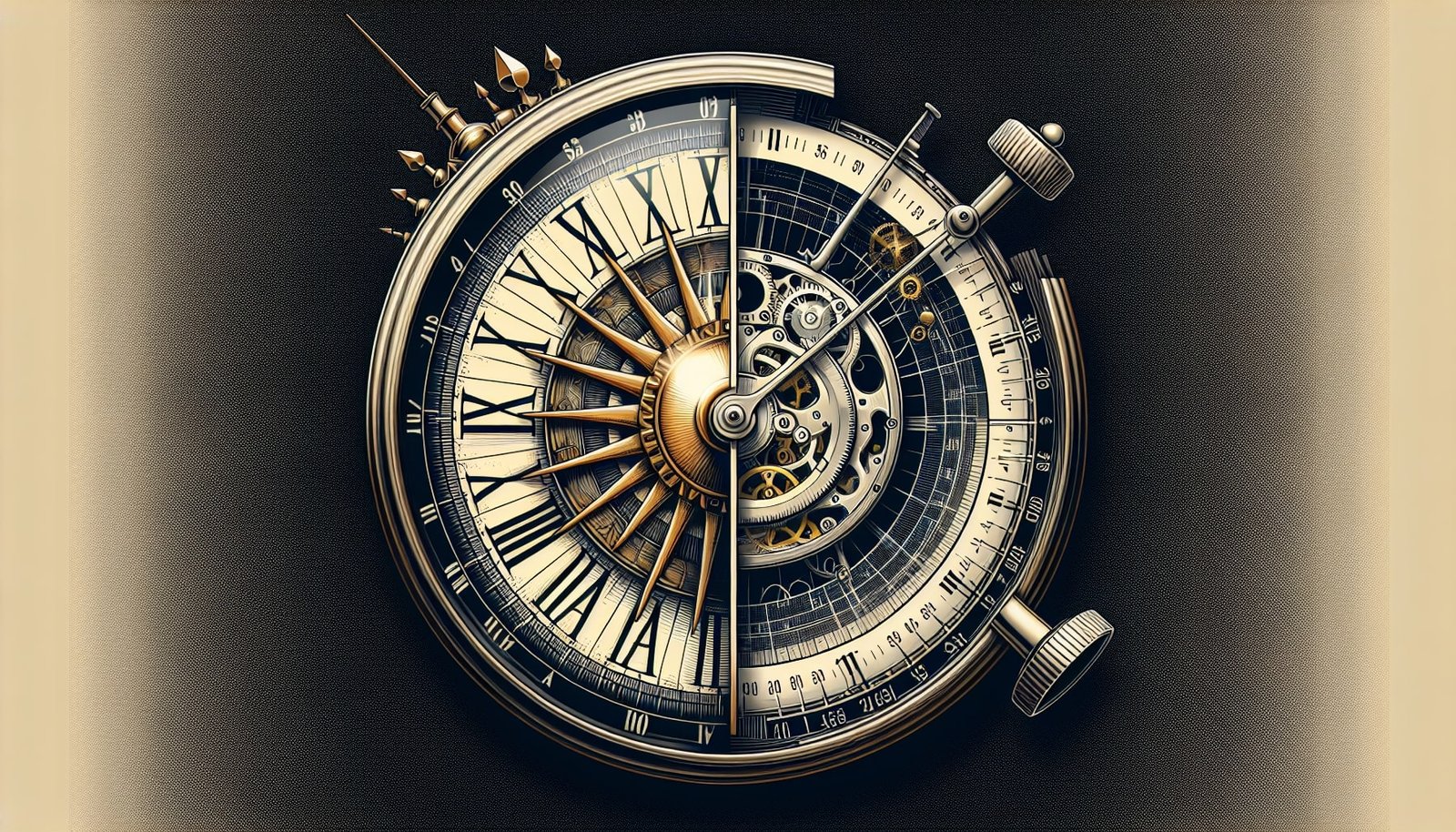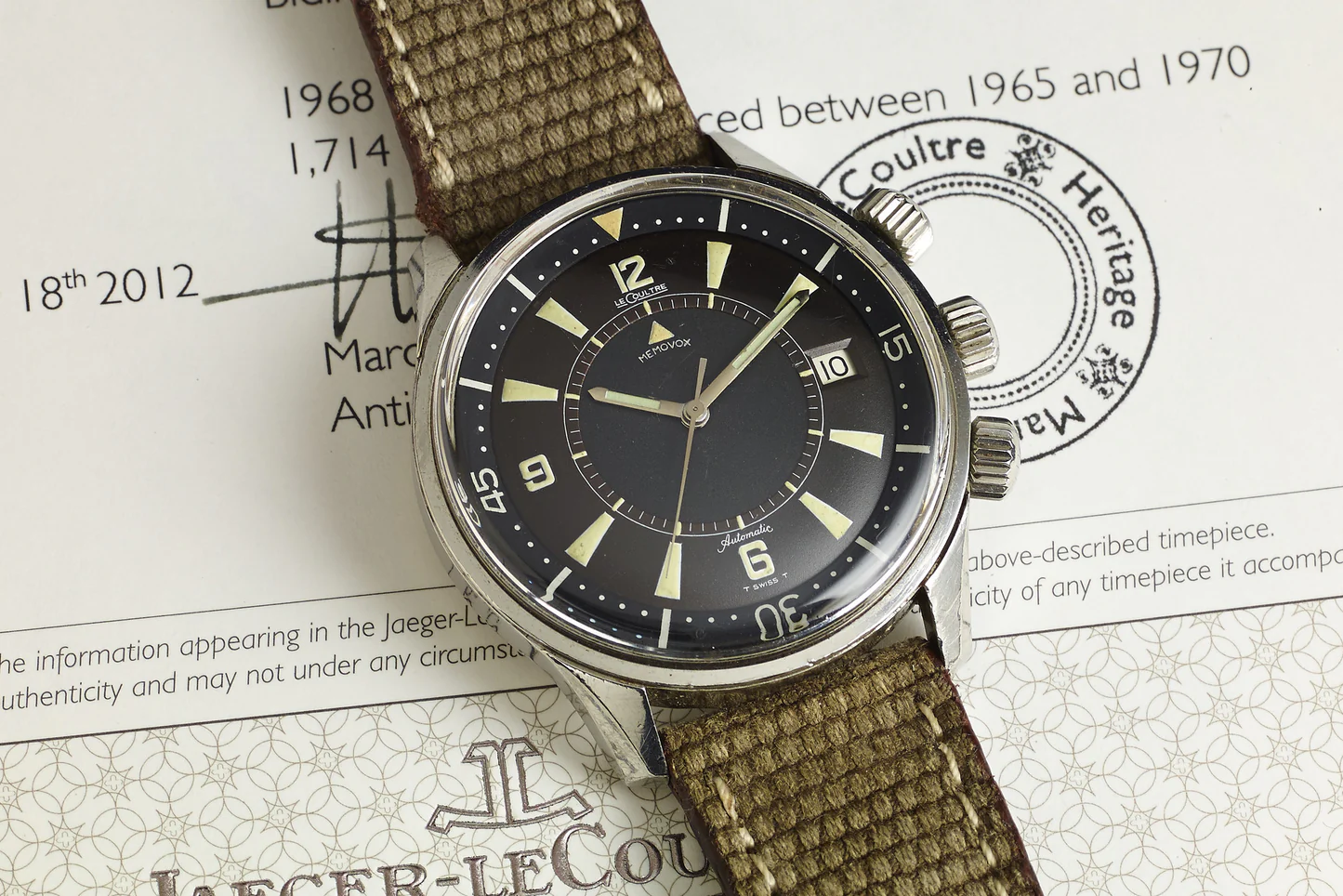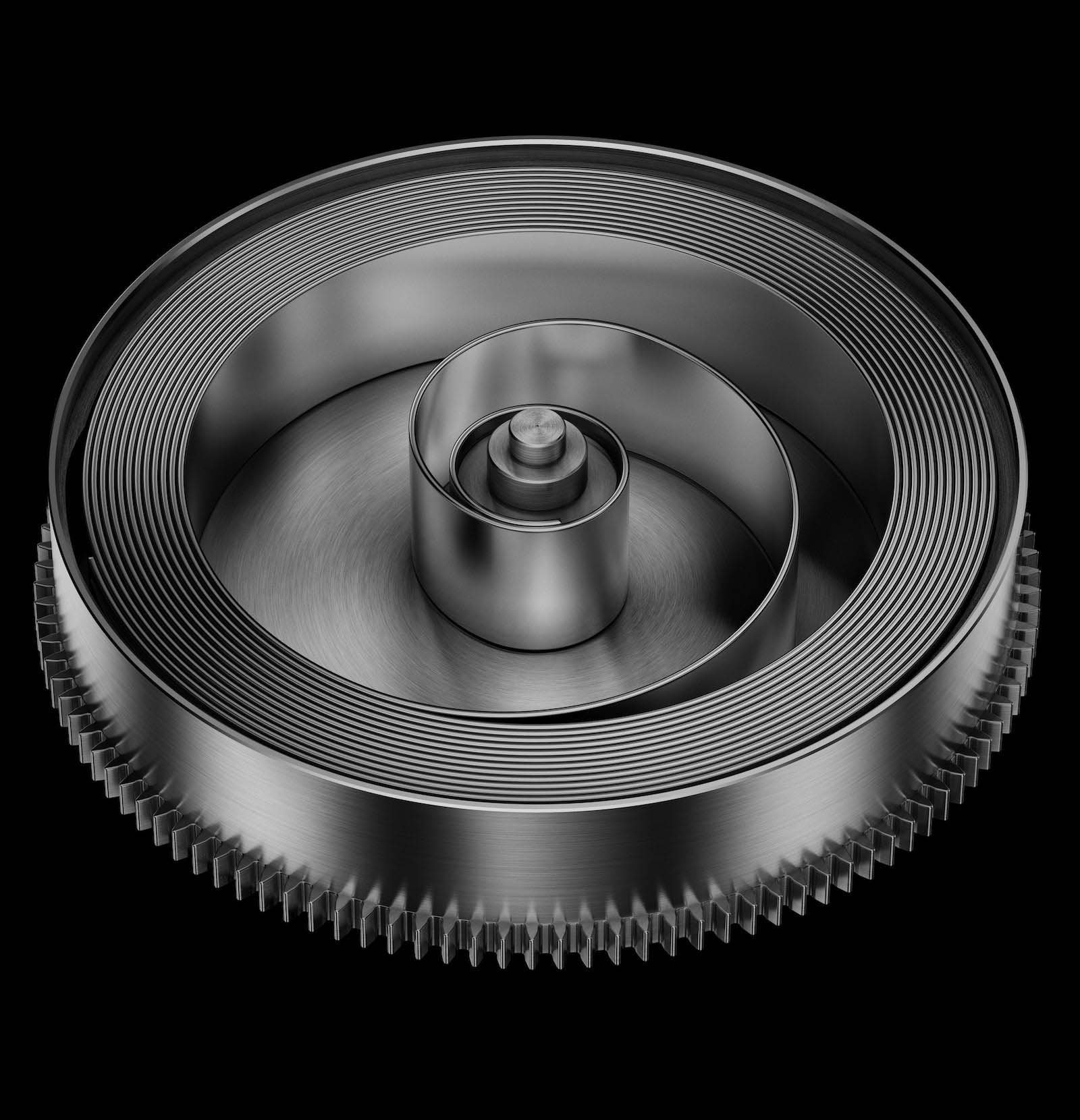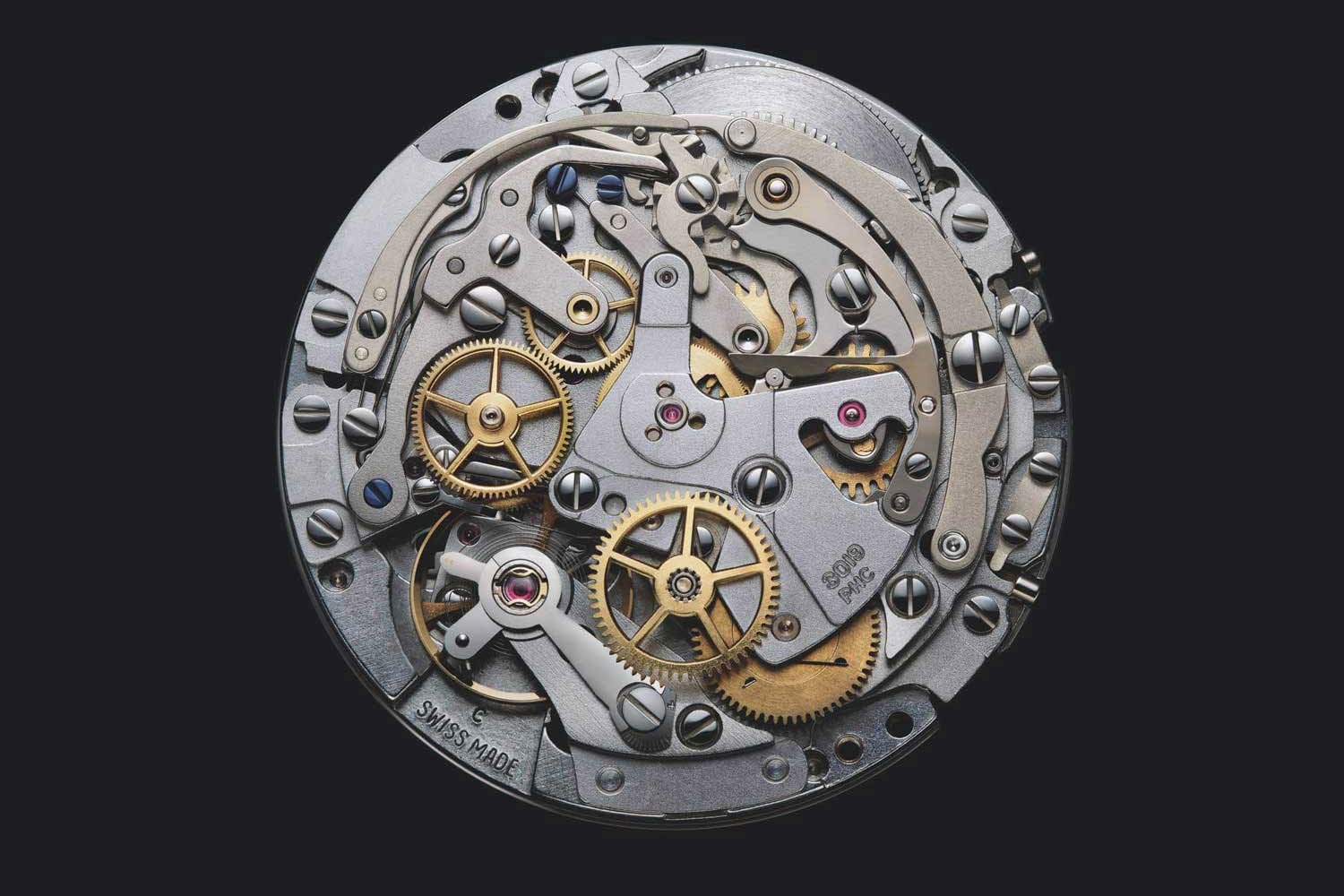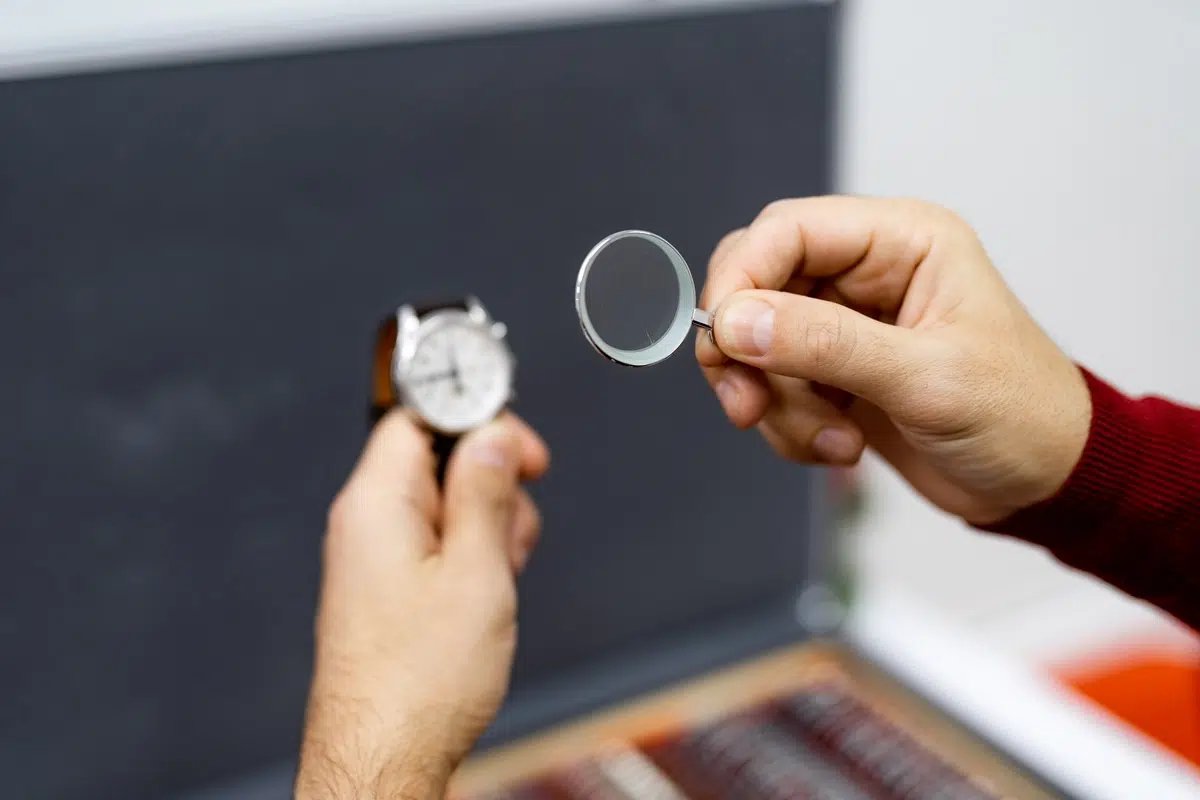Table of Contents
Our quest to measure and organize time has accompanied us through the centuries, culminating in an ingenious invention: the watch. But who is the inventor of the watch and when Did this revolution in chronometry take place? The history of watchmaking is marked by major advances, from the first rudimentary methods to the nano-secondary precision of modern watches. In this article, let’s explore together the origins of the watch, starting with the crucial role of Peter HenleinA pioneer of watch miniaturizationand continue with the advances that have shaped time as we know it today.
What are the origins of the wearable watch?
The foundations of watchmaking date back to a time when humanity sought to quantify the cycles of day and night. Early devices, such as sundials and the hourglassesoffered a relatively simple measure of time but were highly dependent on climate and were not portable. With the rise of cities and markets, the need for a more accurate and standardized measure of time became apparent. 14th centurythe creation of’mechanical clocks fixed on public buildings marked a significant advance in the precision of time measurement.
The real revolution in portability came with Peter Henleina skillful one watchmaker from Nuremberg, to XVIth century. Recognized as a pioneerHenlein developed a mechanism that would pave the way for the design of the first portable watches, precious artifacts that could be carried around, freeing the measurement of time from geographical and environmental constraints.
How did Peter Henlein revolutionize watchmaking?
The role of Peter Henlein in the creation of the first wearable watch is essential. By miniaturizing the clock mechanism, he made time personal and private. In an era characterized by a proliferation ofTechnological innovationsthe Renaissance, his work represents a major breakthrough in themeasuring device of time. Henlein’s watches, often called Nuremberg eggs due to their distinctive shape, were mainly worn around the neck and the mechanism depended on a engine springa major advancement over the weights of traditional mechanical clocks.
THE design Henlein’s watch reflected both the art and technology of its time, while his mechanism innovative paved the way for the era of pocket watches and, much later, that of wristwatches. Despite its limitations, including imprecision and the need for frequent winding, his invention laid the fundamental foundations of thewatchmaking innovation future.
How did watches evolve after Henlein?
After pioneers like Peter Henlein, watchmaking has undergone a steady evolution. Pocket watches have taken off considerably, their use becoming synonymous with sophistication and elegance across Europe. Renowned watchmakers have made substantial improvements, including Abraham-Louis Breguet and Thomas Tompion, enriching the mechanism and aesthetics of watches. With the Industrial Revolution, mass production has made watches more accessible to a wider audience.
However, it was the Boer War and the First World War that marked a decisive turning point, promoting the transition from the pocket watch to the wristwatch. The need for operational practice and the synchronization of military maneuvers made wearing a watch on the wrist much more practical. Thus, what was once a feminine fashion accessory became an indispensable tool for soldiers, transforming its perception and use forever.
What innovations have marked the development of modern watches?
One of the most significant innovations was the invention of the automatic watch by Abraham Louis Perrelet in 1778. Its mechanism, powered by the natural movements of the wrist, ushered in a new era in watchmaking. Automatic watches became widely available in the Twentieth centurythanks to the advances of brands such as Rolex, promoting their popularity among the general public.
In 1969a true revolution emerged with the creation of the first quartz watch by Seiko. This new type of watch, powered by an electric battery and a quartz crystal, was hailed for its remarkable precision, redefining the standards of timekeeping. Quartz radically transformed the watchmaking industry, causing a crisis for traditional mechanical watches before coexisting as an innovative and affordable alternative.
L’continuous innovation remains the driving force behind watchmaking. With ever more resistant materials, advanced features and increased connectivity to digital technologies, today’s watches are not only time-measuring instruments, but also symbols of endless watchmaking innovation.
Why do watches remain a timeless fashion accessory?
The watch goes beyond its primary function of measuring time to become a real symbol of social status and fashion. Throughout the ages, bearing the seals of prestigious watchmaking houses, watches illustrate the elegance and refinement of those who wear them. The wristwatch has established itself as a distinctive element of luxury and personality, reflecting the taste of the individual.
Since the appearance of the first pocket watches, theevolution of watch design has been marked by a diversity of styles reflecting the aesthetic trends of each era. From artistically complicated skeleton watches to the sleek models of modern minimalism, watch design evolves, but its appeal as a reflection of theindividual identity remains.
How to choose a watch that suits your style and needs?
Selecting a watch should take into account several factors key criteria : THE mechanism (automatic, quartz, or mechanical), the material (steel, gold, titanium, etc.), and of course, the brand which corresponds to the message that we wish to convey. It is important to consider theimportance of functionality compared to theaestheticdepending on the circumstances of use of the watch (daily, sporty, professional).
Tips for the maintenance and upkeep of your watch are essential to preserve its beauty and precision. It is recommended to have the mechanism serviced regularly by a qualified watchmaker, to follow the instructions for water resistance, and to gently clean the bracelet and case to keep your watch sparkling over time.
What is the future of watches in the digital age?
In the digital age, the watch industry finds itself at a crossroads, faced with the rise of smartwatches and the persistence of traditional watches. This competition raises a key question: what will be the future of watches in an increasingly connected world? Smartwatches offer a host of features beyond simple timekeeping—health tracking, mobile notifications, connectivity—challenging mechanical watches in their most traditional form.
However, prestigious watch brands have not remained idle.adaptability and innovation have become their watchwords, resulting in the introduction of cutting-edge technologies into their collections or the creation of partnerships with technology companies. In addition, the appeal of authenticity and craftsmanship remains robust, which suggests that luxury watches will continue to have their place in the market.
The future of watchmaking seems to be moving towards greater personalization, environmental sustainability and the integration of smart features into classic designs. This convergence of tradition and technology is likely to define new trends in watchmaking. This could include watches that offer the best of both worlds: traditional mechanisms coupled with discreet digital elements to appeal to a clientele seeking a compromise between heritage and modernity.
The following brands have played a crucial role in the evolution of watchmaking and will continue to be key players in shaping its future:
- Rolex (Submariner, Daytona)
- Omega (Speedmaster, Seamaster)
- Cartier (Tank, Santos)
- Patek Philippe (Nautilus, Calatrava)
- TAG Heuer (Carrera, Monaco)
Here’s a look at how watches have evolved over time:
| Period | Key innovation | Brand / Inventor |
|---|---|---|
| XVIth century | Wearable watch | Peter Henlein |
| Seventeenth century | Pocket watch | Various watchmakers |
| Twentieth century | Wristwatch | Louis Cartier, Hans Wilsdorf |
| 1920s | Automatic watch | John Harwood |
| 1960s | Quartz watch | Seiko |
In conclusion, while the future of watches may seem uncertain in the face of rapidly advancing technologies, history has shown us that watchmaking is a resilient industry, rich in history and innovation. It is likely that watches will continue to evolve, balancing timeless elegance with modern connectivity, to remain a valuable and functional element of self-expression in our digitalized daily lives.
